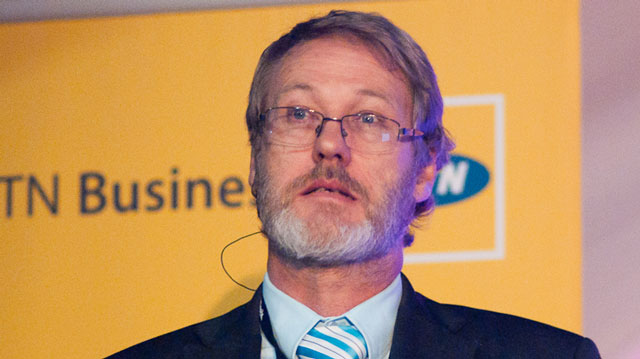
Telecommunications regulator Icasa has handed a huge victory to smaller operators, including Cell C, by proposing aggressive “asymmetry”, or wholesale price benefits, in call termination rates in a move that strongly disfavours larger rivals MTN and Vodacom.
At the same time, Icasa has proposed slashing mobile termination rates — the fees the operators charge each other to carry calls between their networks — from 40c/minute now to just 10c/minute by 2016. This includes a 50% cut to take effect on 1 March 2014.
Under the draft regulations, Cell C and Telkom Mobile will enjoy asymmetry, as defined in the regulations, for a period of five years from 2014, even if their market share rises above 20%, says Icasa councillor William Stucke. Stucke says he believes the draft regulations represent a victory for consumers.
The asymmetry advantage in the year from 1 March 2014 will be a massive 95%, or 39c/minute. This compares to the general rate of 20c/minute proposed for 2014. That’s an increase from a 10% asymmetry advantage now and means that, from March, Vodacom or MTN will have to pay Cell C 39c/minute for calls between their networks, while Cell C will pay just 20c/minute for calls made in the other direction.
Asymmetry benefits apply to any operator with less than 20% market share and will expire in 2019. The asymmetry rate will fall to 33c/minute in 2015, 26c in 2016, 20c in 2017, 14c in 2018 and reach parity with the general rate of 10c in 2019.
Thereafter, any company with less than 10% market share will enjoy a rate of 14c/minute, or a 40% price benefit, until such time as they have more than 10% of the market.
Cell C has an estimated 17% of the market today. Telkom Mobile has between 1% and 2%.
Stucke says the wholesale mobile termination rate will be cut in half, to 20c/minute, on 1 March 2014. It will be cut again to 15c/minute in March 2015 and 10c/minute in March 2016.
Termination rates for fixed-line services will remain unchanged until 2016. Current rates are 19c between defined geographic regions and 12c within those regions.
In 2010, Icasa conducted a market review to assess the levels of competition in the fixed and mobile markets and determined that inefficient pricing limited competition.
“We find the market remains ineffective with high levels of concentration,” Stucke says. Moreover, further asymmetry is needed to “promote investment and encourage competition”.
Currently, the asymmetry advantage is 4c, or 10% higher than the 40c general rate. This will be reduced each year until 2019 when it reaches the same rate as the general rate. However, after that date, operators with less than 10% market share will enjoy asymmetry of 40%.
The latest move from Icasa forms parts of a programme by the telecoms regulator to reduce the cost of electronic communication in South Africa.
The reduction in termination rates in recent years appears to have had a direct impact on retail prices, with prepaid tariffs dropping to as little as 75c/minute (for off-network calls) on Telkom Mobile and 99c/minute on Cell C (for calls to all networks). MTN and Vodacom have also chopped their prices.
As the wholesale rates comes down, smaller operators are able to compete more effectively with their bigger rivals as most of the calls originating on their networks are terminated elsewhere. For bigger players, a larger percentage of calls are originated and terminated on their own networks. — (c) 2013 NewsCentral Media




